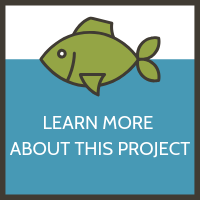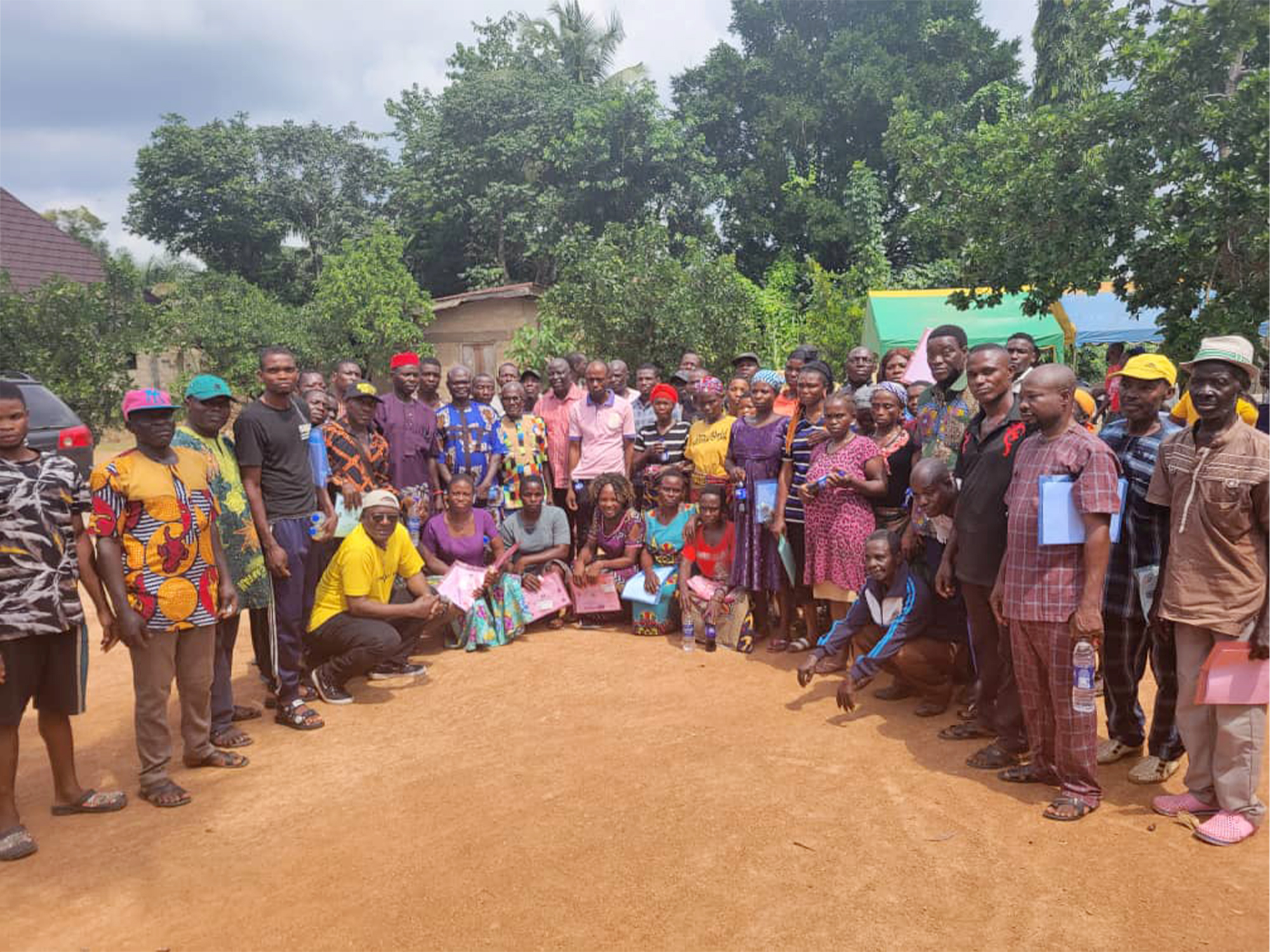
By Alaina Dismukes
Esendugue Greg Fonsah and Gary Burtle from the University of Georgia, U.S., went to Nigeria in July 2022 as a part of the work being done by the Feed the Future Innovation Lab for Fish activity on Integrated Agriculture-Aquaculture as Farm Diversification Strategy. They joined the host country research partners, Emmanuel Ajani and Bamidele Omitoyin from the University of Ibadan, to hold trainings for the promotion of sustainable and cost-effective rice-fish systems in rice-producing communities of Ebonyi state, Southeastern Nigeria, and Kebbi state, Northwestern Nigeria, respectively.
“The highlight of the trip was visiting activity sites in Kebbi and Ebonyi states and contributing to the series of trainings,” said Fonsah, one of the U.S. co-principal investigators. “We also reviewed the research progress to date and visited stakeholders.”
The first training was for over 100 farmers in Argungu, Kebbi state. The training program was introduced by Musa Najada, chairman of the Rice Farmers Association of Kebbi state. Omitoyin, the Nigeria co-principal investigator, began the session with a detailed description of rice-fish farming systems from the team’s training guide, and Burtle, a co-principal investigator from the University of Georgia, presented “Fish Feeding in Rice-Fish Systems” and “Water Quality in Rice-Fish Systems.” Fonsah presented “Record Management Strategies in Fish-Rice Systems in Nigeria.”
The next training in Kimba, Kebbi state, had 93 participants, 65 of whom were women. The training included a similar program as the previous meeting.
“The participants asked questions such as the benefits gained through adopting a rice-fish system and how the issue of chemicals for controlling weeds and pests in rice fields can be handled,” Burtle said. “Additional issues included unequal growth of fish leading to cannibalism and raising fish seeds. The training seemed to raise the hopes and enthusiasm of the participants as it helped them see that this system is sustainable.”
The last training the team participated in took place in Ikwo, Ebonyi state.
“When we arrived at the training site, over 150 participants were waiting,” said Fonsah.
Omitoyin started the training presentation, followed by Fonsah explaining the importance of record keeping and how it helps to show profit gain. The final training was administered by Ajani, the Nigeria principal investigator, and Omitoyin at Onicha, Ebonyi state, with 48 participants, following the same training format.
“The training was so well received that other fish and rice farmers who were initially not sure about our new technology started donating their farms to be used for the training for free,” Fonsah said. “Their interest and acceptance to adopt the integrated fish-rice production system increased when they watch the videos of harvested fish and rice presented during our training session by Omitoyin.”
In addition to the trainings, the team visited different field sites where they are incorporating a rice-fish system as a demonstration/research plot. University of Ibadan graduate and undergraduate students harvested a research plot under the supervision of the university’s fish farm manager. Twelve students harvested a 294-square-meter plot while three students transported the harvested rice to where it would be dried. Then, rice was placed on a concrete platform for drying to await threshing the next day.
“The rice was threshed by 15 students,” Burtle said. “The rice was slightly green, which reduced the amount of shatter during handling. The method used helped conserve grain and reduce postharvest loss. Once the rice threshing was completed, there were 150 kilograms collected from 294 square meters of planted rice, or 330 square meters, including the fish trench, which is equivalent to a yield of 5.1 tons/ha while the yield of fish earlier harvested was 8.3 tons/ha.”
Below is a photo gallery from the recent trainings and fieldwork the activity has completed.
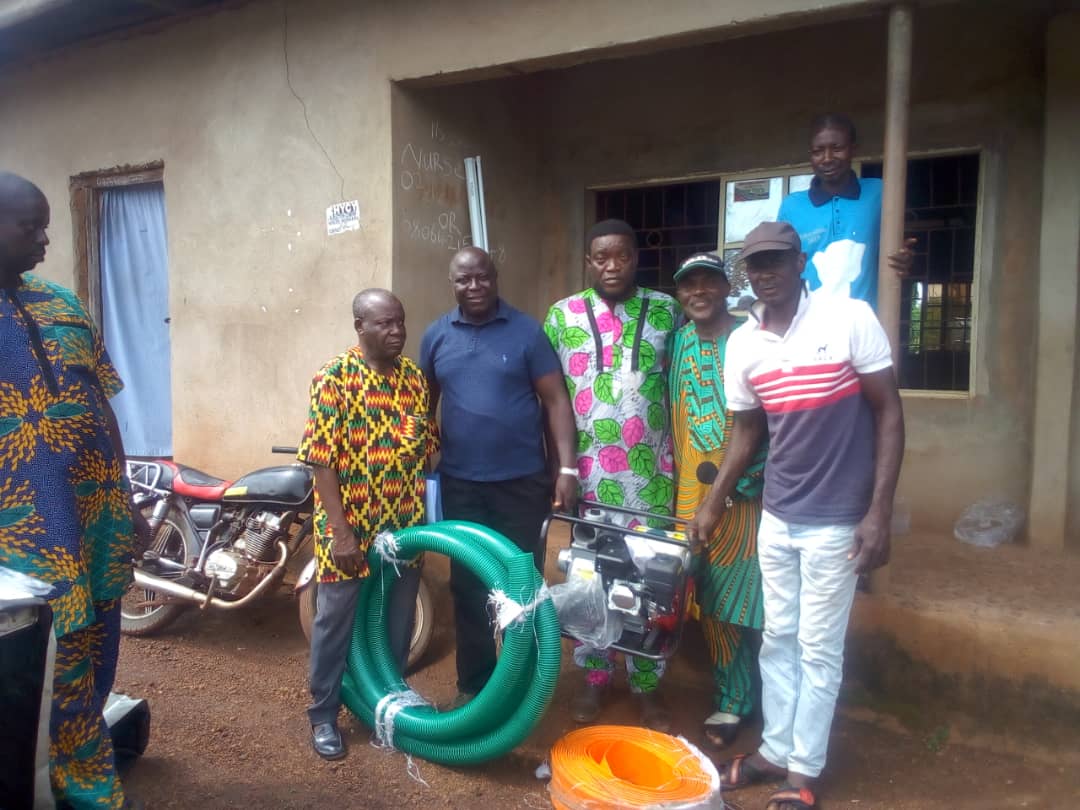
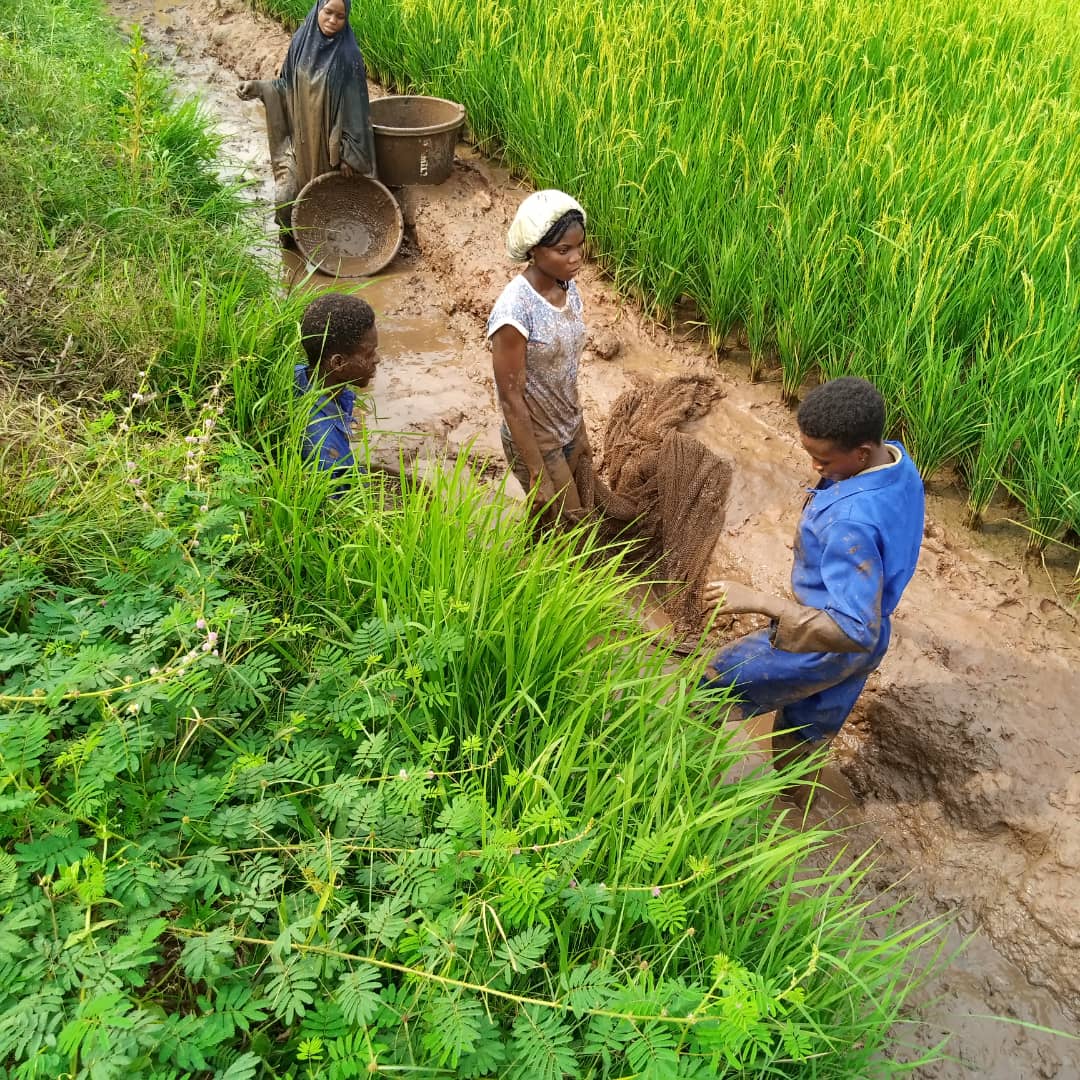
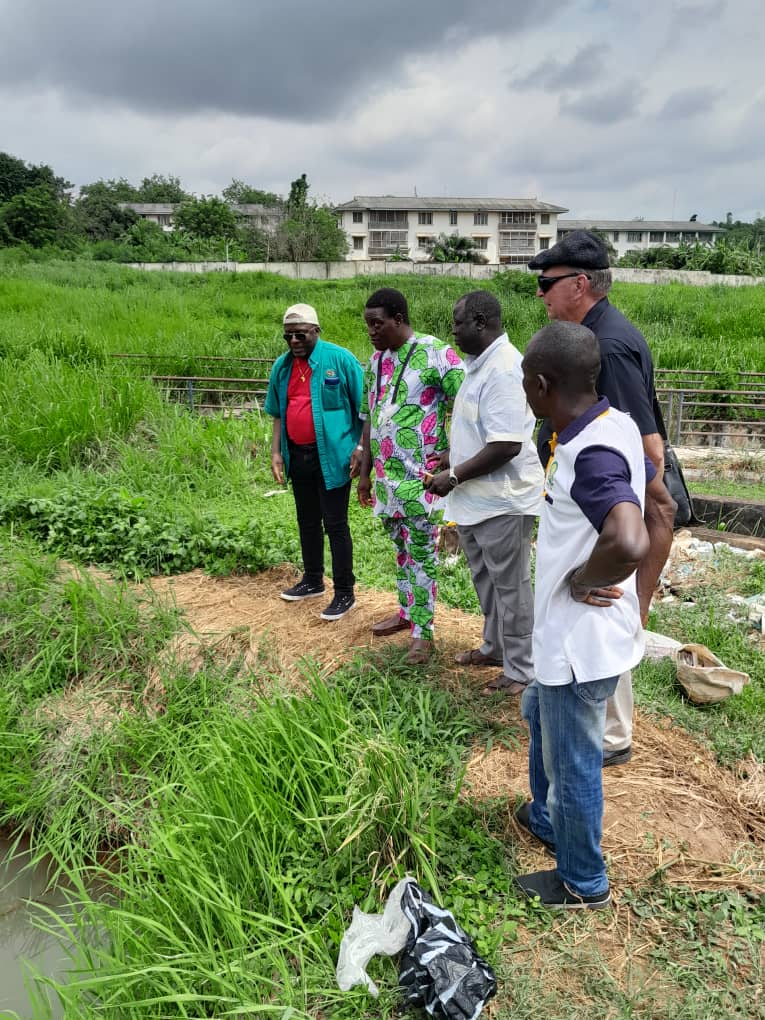
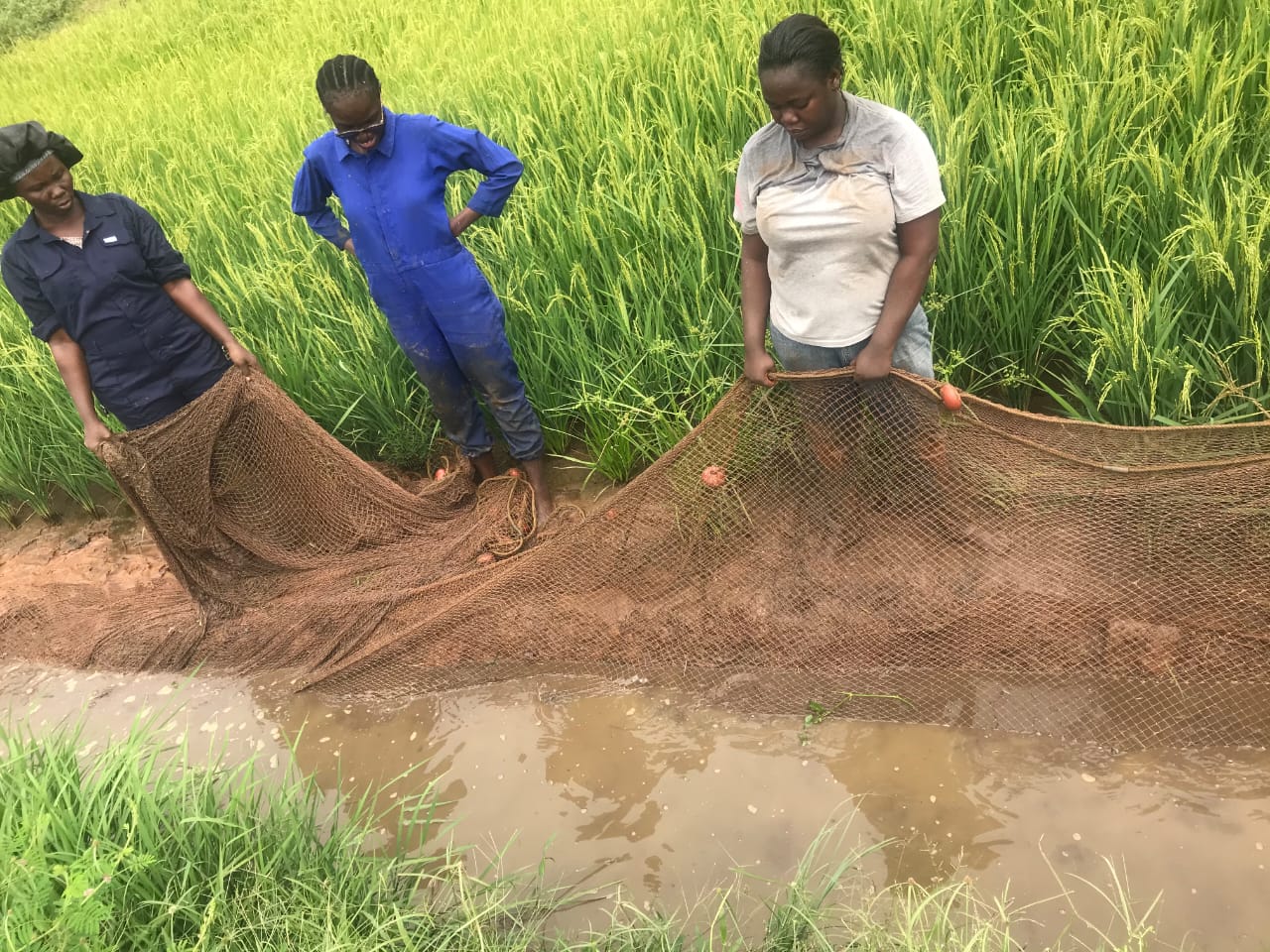
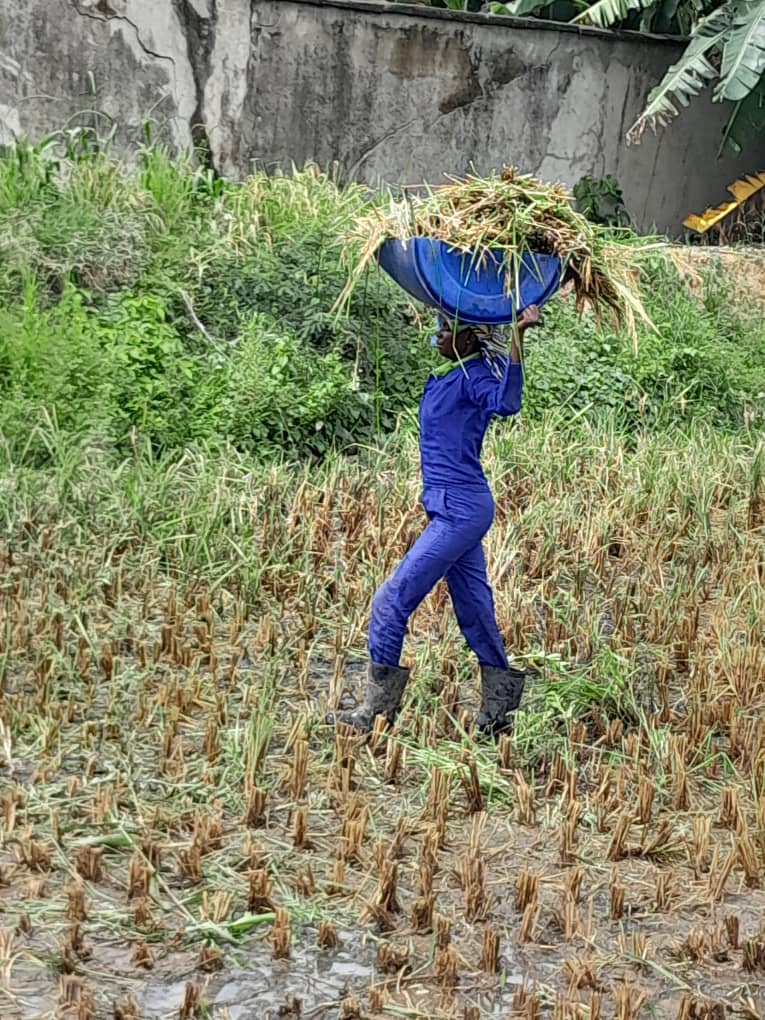
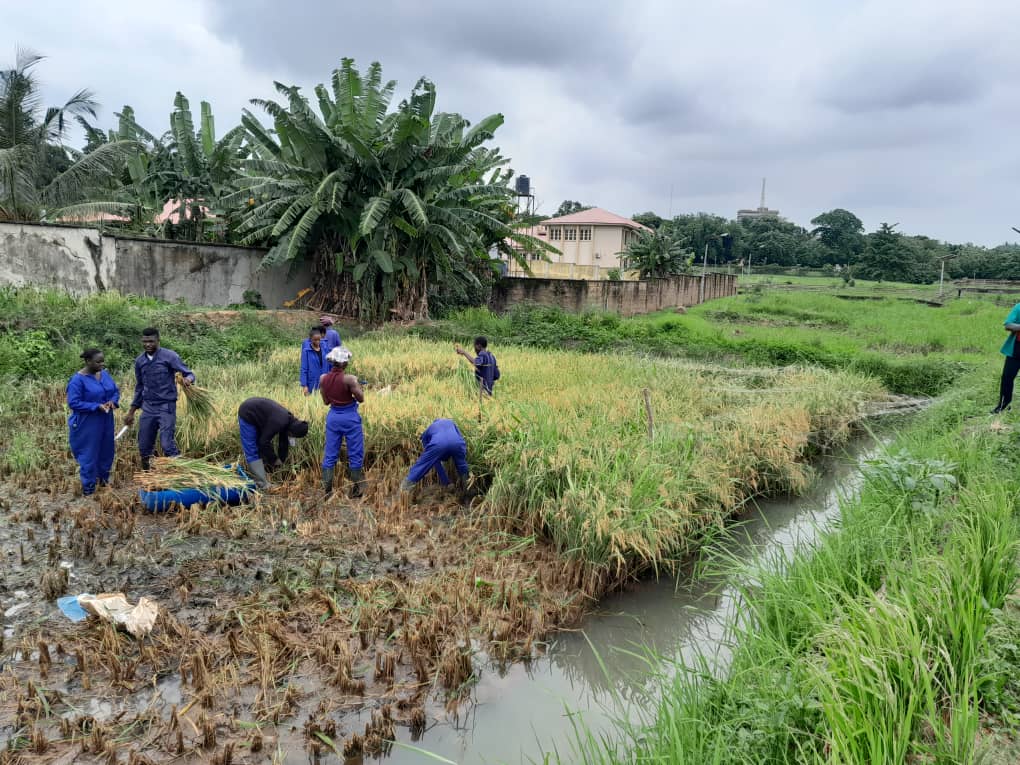
Published September 16, 2022

